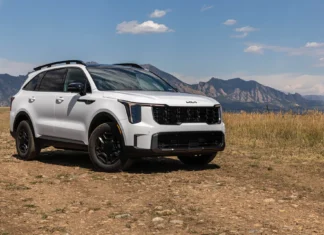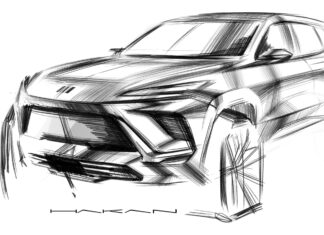
Auto sales for the month of April look grim in the wake of the Coronavirus pandemic — even more so in some respects than they did in March. Dealers have either been forced to close their sales departments to customers, or buyers have been staying at home while many more have lost their jobs, hammering dealer prospects to try and turn their fortunes around. Mazda, as a medium-sized automaker here in the U.S., reported total April 2020 sales at 10,940 vehicles, a bleak figure compared to 19,702 last year.
While April was a rough month, we won’t have a full picture of the impact until July, as several automakers report quarterly. All American automakers — Fiat Chrysler, Ford, General Motors and Tesla — won’t release their next round of complete sales figures until the current quarter ends on June 30.

Sticking with Mazda for a moment, the MX-5 saw the lowest percentage change, from an already low volume of 782 cars in April of 2019, to 552 this year. Cars such as the Mazda3 and Mazda6 saw the largest drop, despite the Mazda3’s recent redesign, whereas SUVs and crossovers fared better overall. Currently, the Mazda CX-5 is the company’s cash cow, while the CX-30 will also play a crucial role in its fortunes throughout the coming months of sales reports.
Other manufacturers reported similarly slumped sales.

Automotive sales have slowed to a point that hasn’t been reached since the 2008 financial crisis, at least. Until a couple years ago, automakers across the spectrum have achieved record sales. Now, Hyundai is down by 39 percent (33,968 units), while Kia reported a 38 percent drop (31,705 units), and Subaru was down by 47 percent (30,620).
Though some regions are close to lifting restrictions on business, the damage will certainly take time to heal. With unemployment soaring and new cars piling up at ports (some manufacturers like Hyundai did not significantly slow down their production), manufacturers are launching massive incentive campaigns to try and stabilize their sales.

Hyundai, for example, is offering six months of payment deferral for any customer who loses their job because of COVID-19. American automakers are offering zero-percent financing and long periods of payment deferrals on their new vehicles to qualified customers, while most are also offering sanitizing services should you bring your car in as well.


































